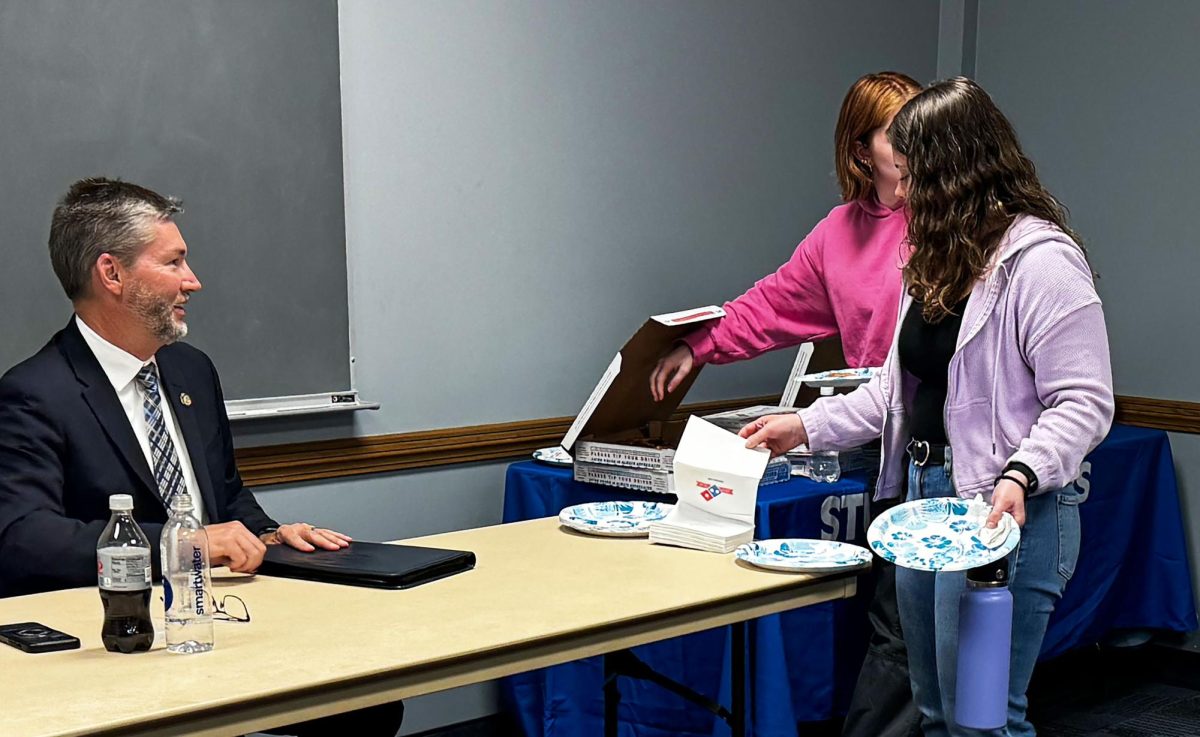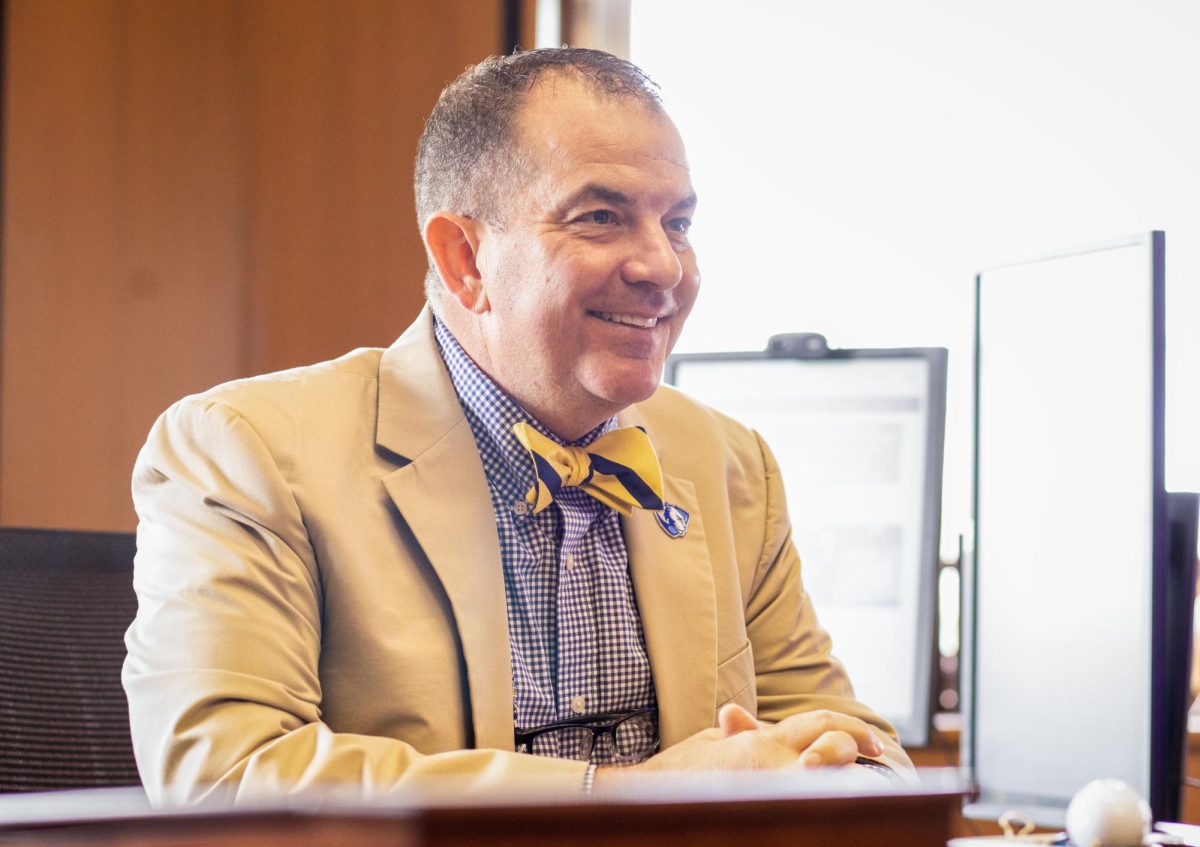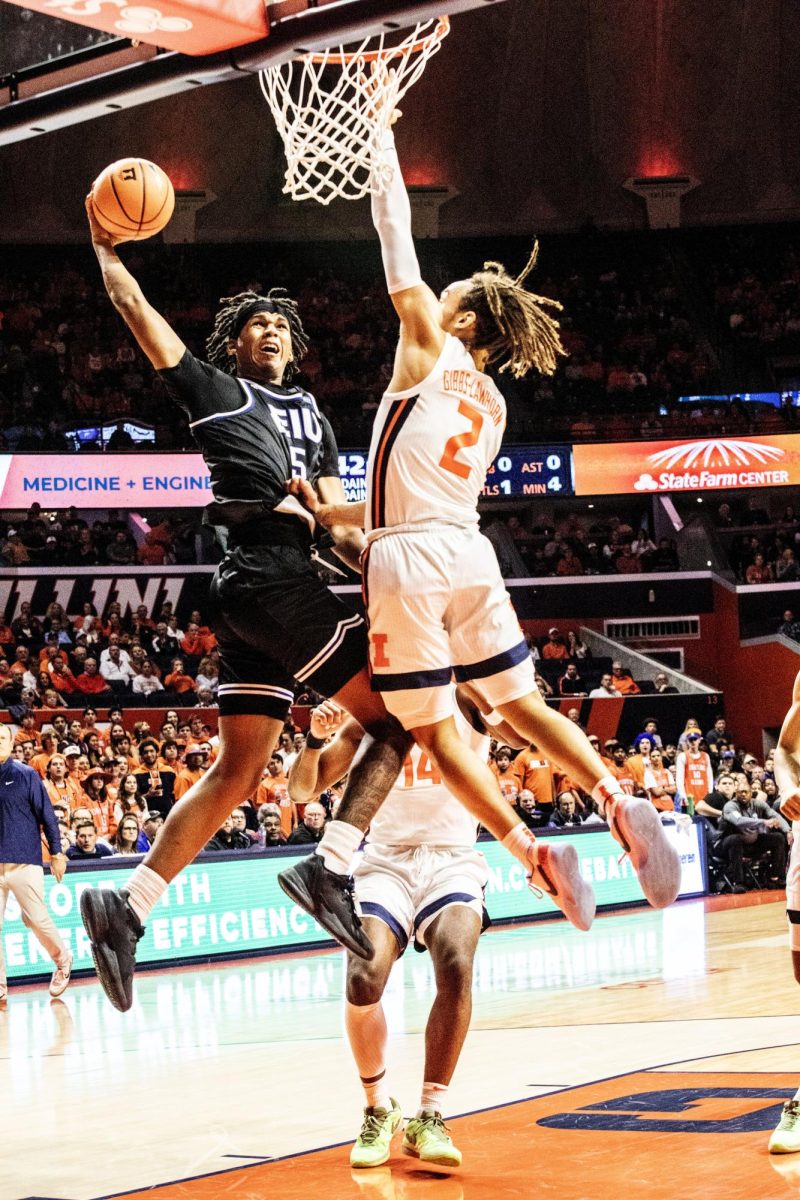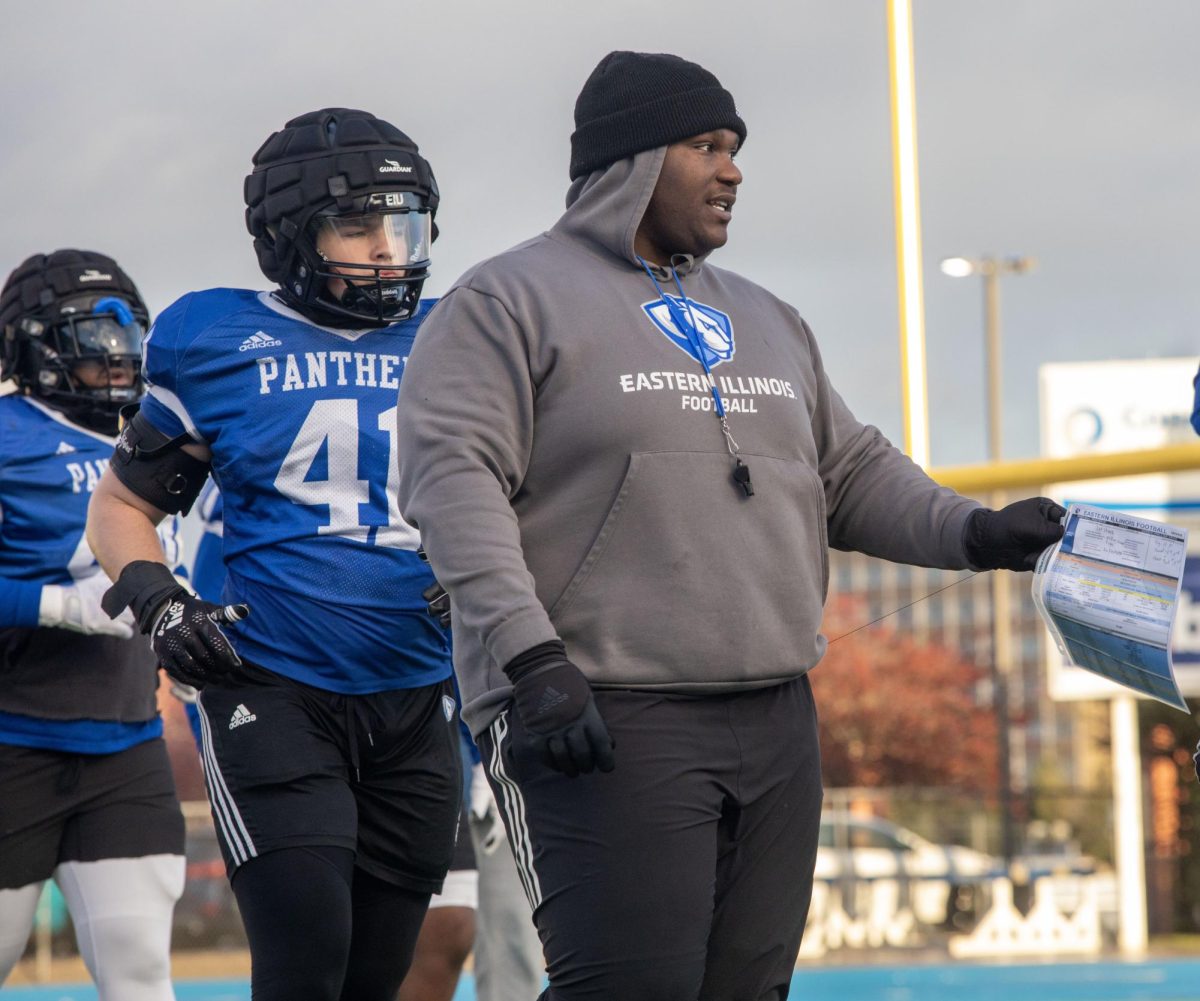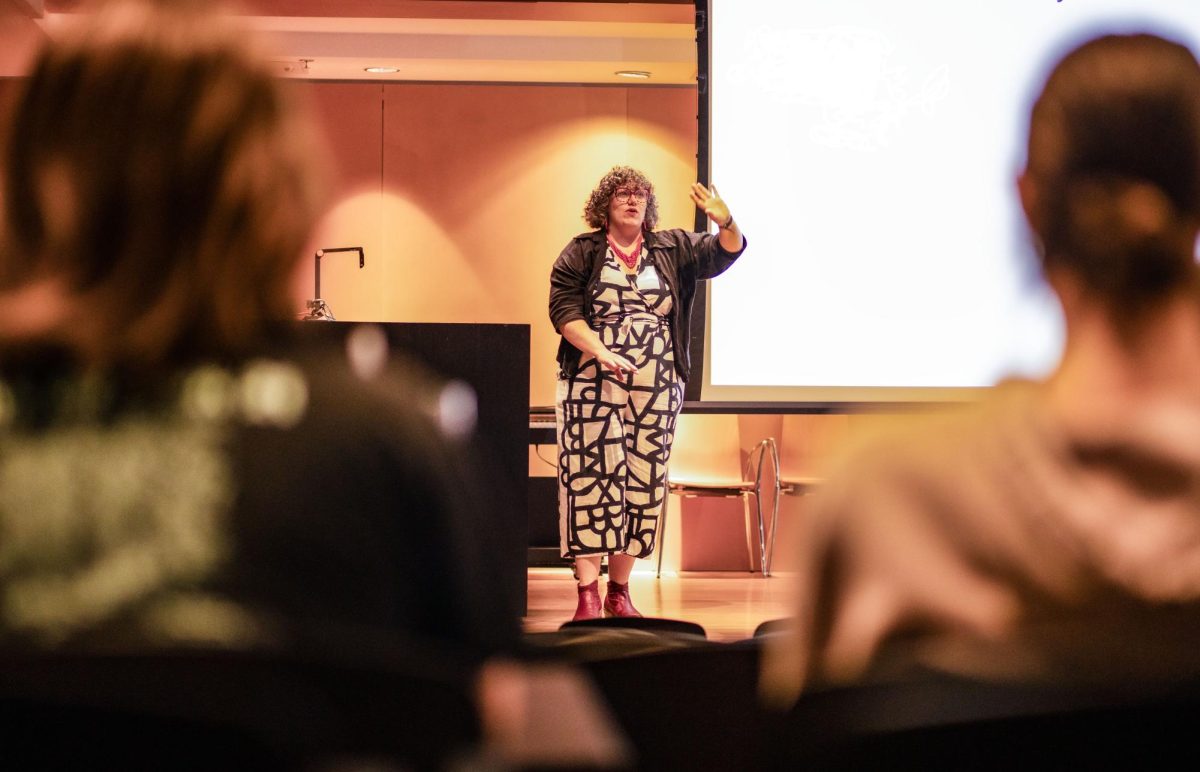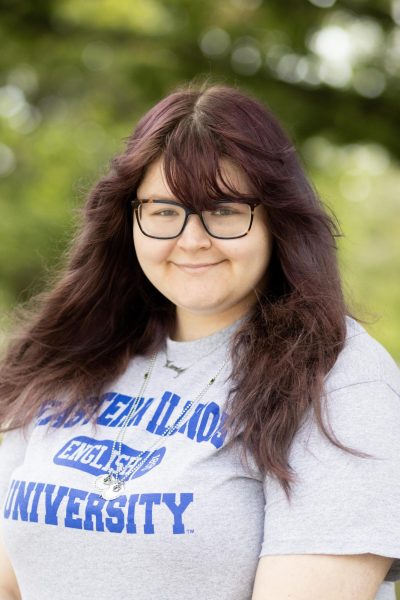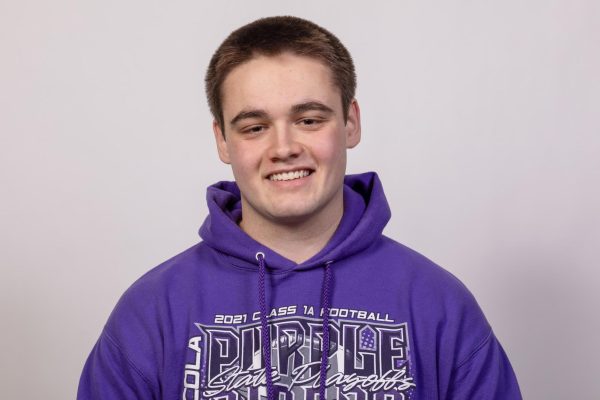Column: 2 leads star in ‘I am not Okay with This’
March 10, 2020
Sophia Lillis, who plays Sydney in Netflix’s “I am not Okay with This,” is joined by Wyatt Oleff, who plays Stanley, to make a perfect kinship in a teenage-angst-filled, unforgiving, yet beautiful world where superpowers exist.
This isn’t the first time we’ve seen the organic chemistry of Lillis and Oleff on screen. They were in the popular 2017 reboot of “It,” wherein both played strong lead roles with gusto. That being said, many times pairing two actors that have done well together can actually work to a show’s disadvantage because audiences are susceptible to the distracting reminder of them in another movie.
Surprisingly, their previous strong performances in the “It” movie do not hinder the viewing experience of “I am not Okay with This.”
In the first season, the acting, evident mostly by the strong relationship between the two leads, separates the show from average teenage angst stories thanks to the realistic writing paired with great acting.
The teenage angst story is something viewers have seen time and time again. We’re talking puberty, sexual exploration, emotions running high, the whole shebang. The subject can easily fall into cliché territory if the writers aren’t careful and if the actors are amateurs.
But thankfully, this show does not suffer from any of this.
The writing is totally believable and different from simple, uninspired teen stories. For example, in these coming-of-age shows, the female and male leads usually have much buildup toward a relationship, often a sexual one or one involving both of them losing their virginities.
Sometimes entire shows are built around this relationship, and all too often the act of sex or whatever the story defines as the culmination of that relationship ends up being the main element of the story. In these cases, the leads’ identities (usually the females) are entirely dependent on this relationship, which often turns sexual. This is problematic because it objectifies either one or both characters (again, usually the females).
Both Sydney and Stanley have their own identities, though. The story doesn’t need to end with the predictable guy-gal relationship coming to fruition at the end.
In fact, the audience’s expectations are exceeded dramatically as nearing the end of the first season, a possible relationship between Sydney and her female best friend Dina, who is played by Sofia Bryant, starts developing.
Same-sex relationships are still fairly uncommon in entertainment, and they are even rarer in teenage relationships. Is this a relieving change to see? Absolutely. Not only is it a relief to see this change, it also builds on the show’s believability. Not everyone is straight. It’s good to finally see some bisexual representation supported by good writing and acting.
A common issue with young actors like Lillis and Oleff is that dead-faced look. It’s simple: Young actors often don’t have the experience to be convincing in their deliveries. Sometimes all a viewer needs to see is that dead, emotionless stare during a scene where the actor isn’t speaking for immersion to break.
Despite the actors’ young ages, they are both convincing 100 percent of the time. Sydney, being the awkward, quiet and troubled youth, has an insecure side, and Lillis’ facial subtleties translate this well. The same can be said for Oleff, who plays a quirky and very awkward Stanley. When Stanley is eccentric, you can tell Oleff is having fun with the role and perhaps even putting himself in it. When Stanley’s in an awkward situation, you can just feel the tension building up in his face. The two play off each other so well.
Sydney and Stanley make a great duo, leaving viewers “not okay with” waiting for a second season.
Logan Raschke is a senior journalism major. She can be reached at 581-2812 or at [email protected]




